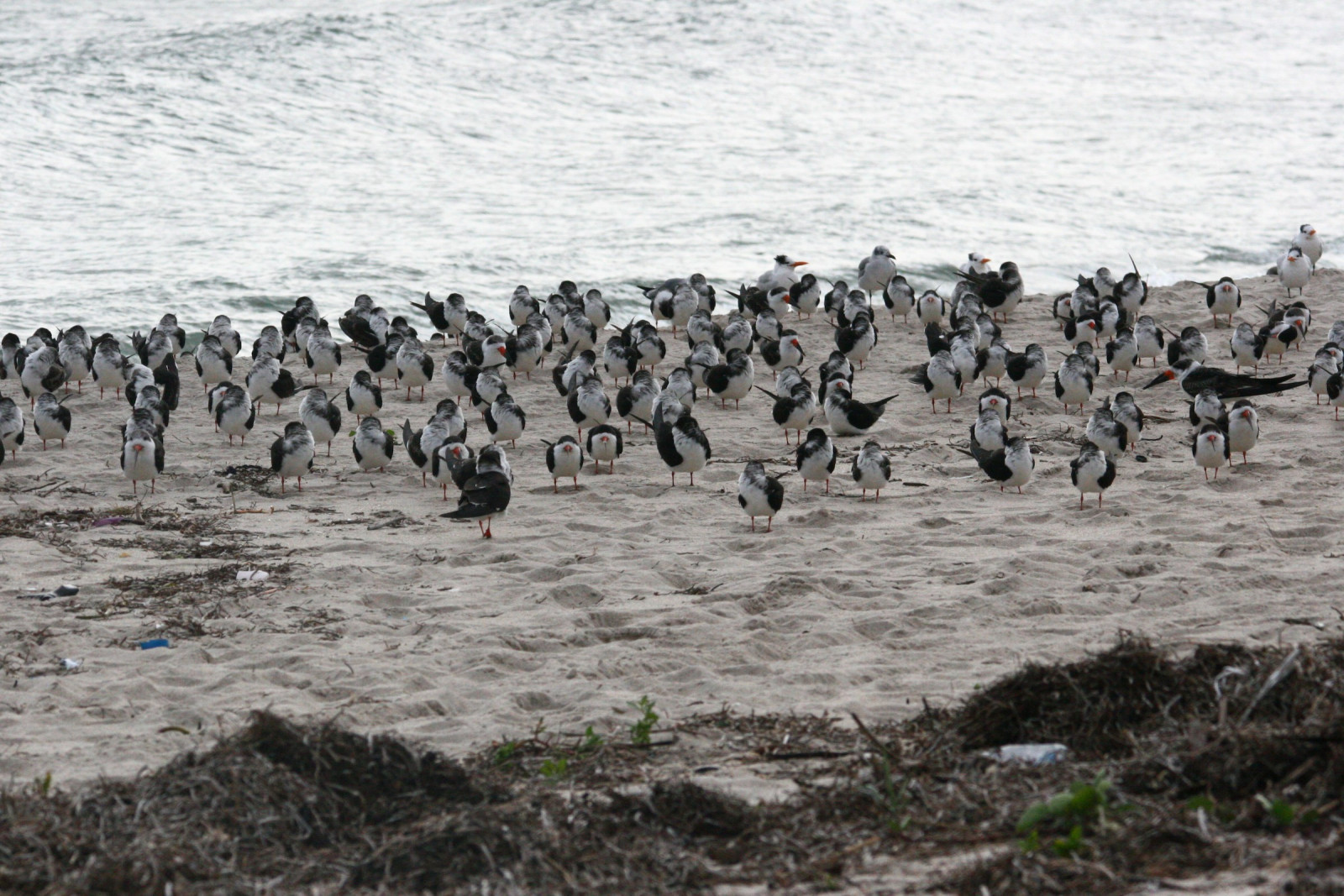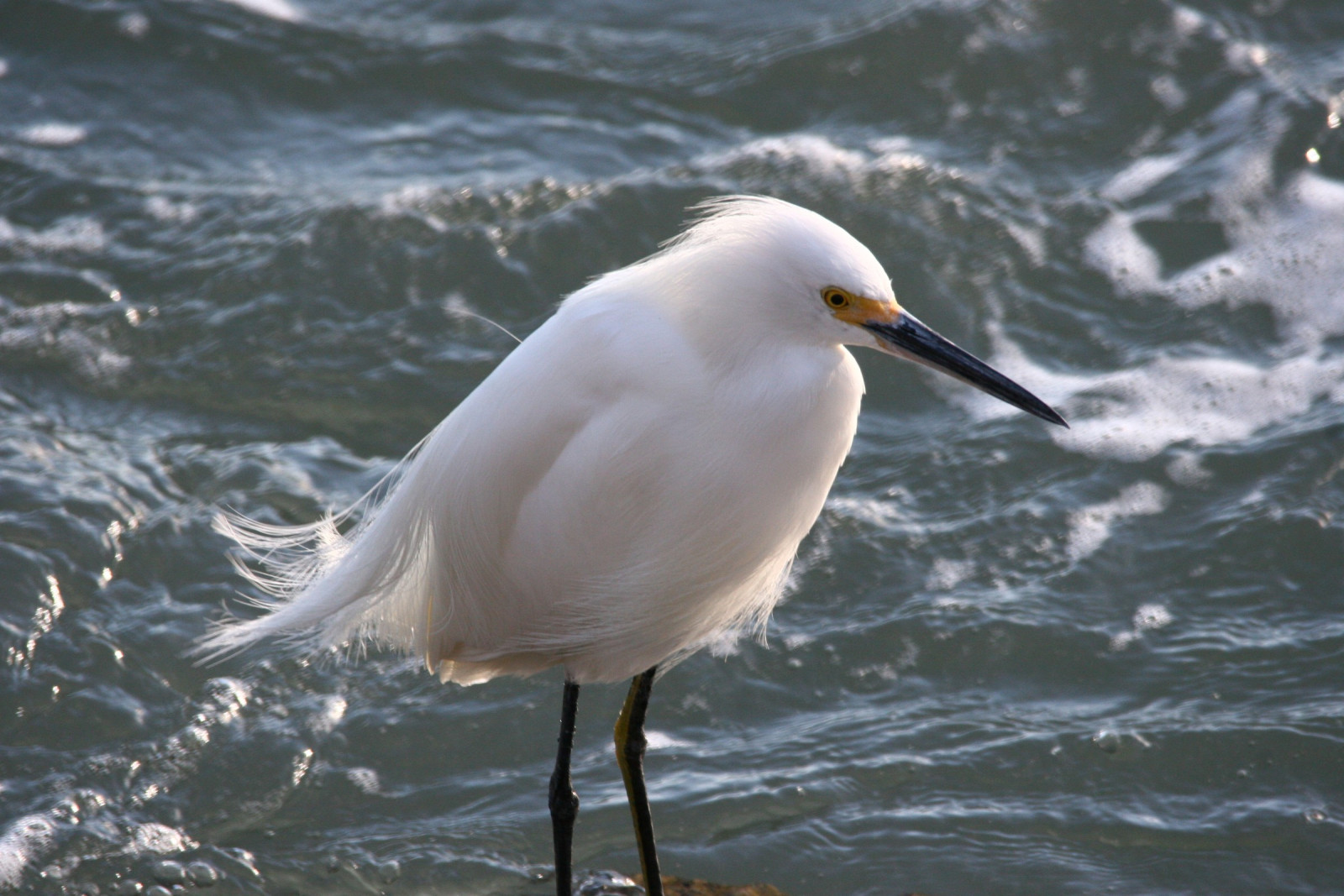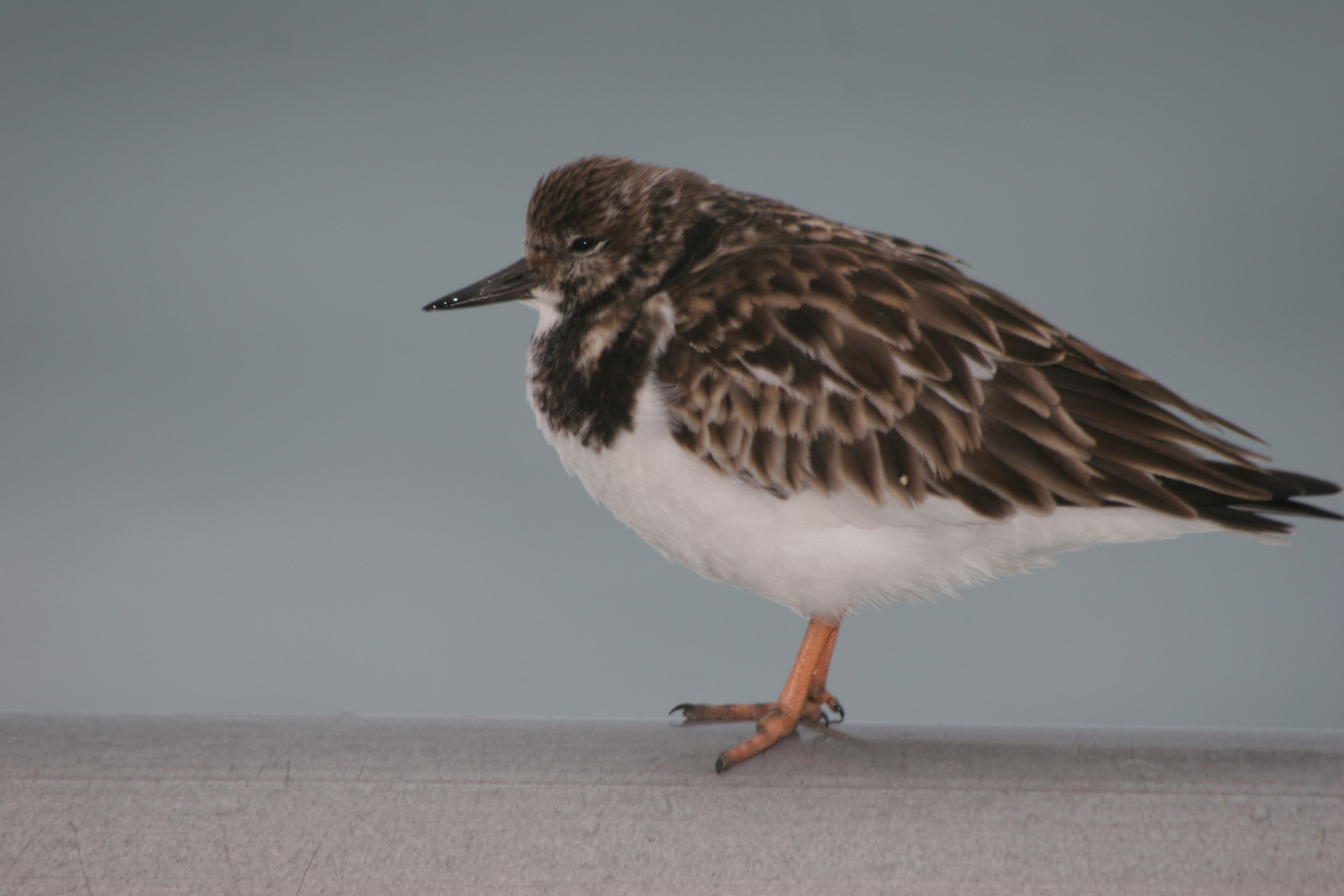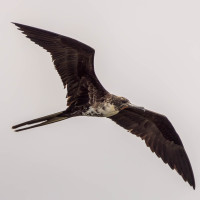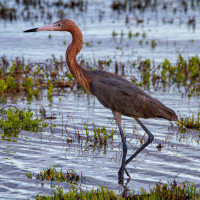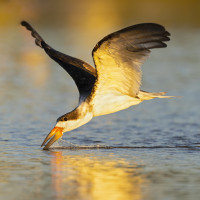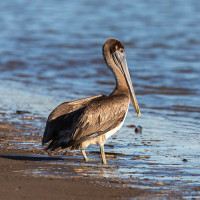Opis
Year round, Sebastian Inlet State Park hosts many species like Reddish Egret, Magnificent Frigatebird, and Brown Pelican. In the winter, many large flocks of gulls and terns will rest on the beach and Northern Gannet will forage close to the jetty. Other species like Red-breasted Merganser and American White Pelican can be found in the tide pool. Most famously would be the large numbers of Osprey in the inlet that attract many photographers.
When the winds are good, several pelagic seabirds can often be seen from shore with the help of a scope. The best vantage point for seawatching is along the north jetty. On rare occasions, some birds like Wilson's Storm Petrel and Sooty Shearwater have come right up to the jetty!
During migration, there are some trails in the park that can host migrant warblers like American Redstart and Cape May Warbler as well.
Past rarities in the park include Great Cormorant, Sabine's Gull, Arctic Tern, Bicknell's Thrush, Kirtland's Warbler, Townsend's Warbler, and Red-legged Honeycreeper.
Szczegóły
Dostęp
Sebastian Inlet State Park has two sides: the north side in Brevard county, and the south side in Indian River county. You must exit the park and drive across the bridge to visit the other side. The entrance fee for vehicles is $ 8, and your receipt will allow you to enter the other side. Parking can be found in both sides of the park. Press a P on the map for directions to a parking lot.
Teren i siedlisko
Plaża , Morze , WydmyWarunki
Płaski , PiaszczystyTrasa dookoła
NieCzy luneta będzie przydatna ?
TakUdany sezon obserwacyjny
Wiosna , Zima , JesieńNajlepszy czas na wizytę
Zima , JesieńTrasa
Droga utwardzona , Droga nieutwardzonaPoziom trudności szlaku pieszego
Średnio wymagający spacerDostępne
Pieszo , SamochódCzatownia/platforma obserwacyjna
NieDodatkowe informacje
Sebastian Inlet State Park is world famously known for its good fishing! Often times, the jetties (especially the north jetty) will be very crowded with fishermen. Many species like Ruddy Turnstone and Snowy Egret are very tame as they hang around the jetty to forage for scraps.
